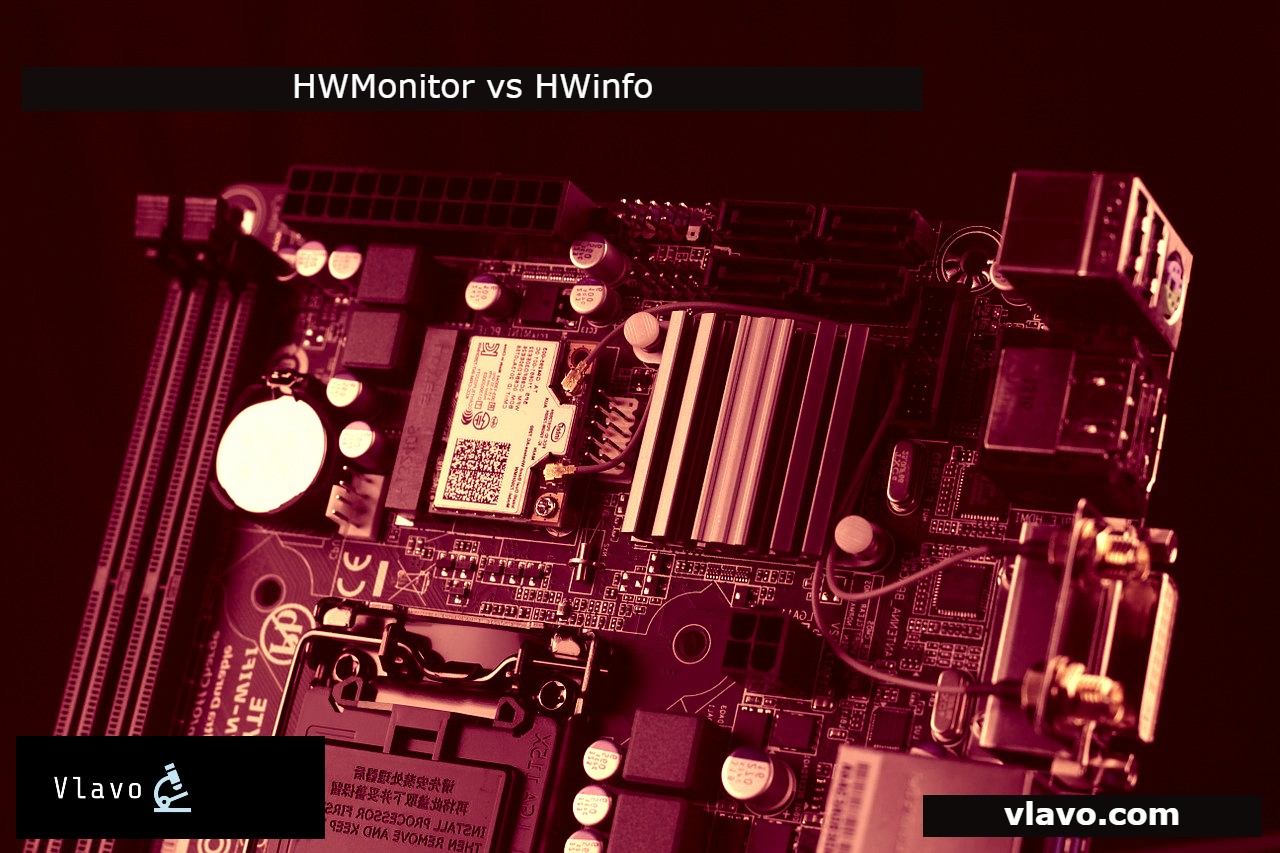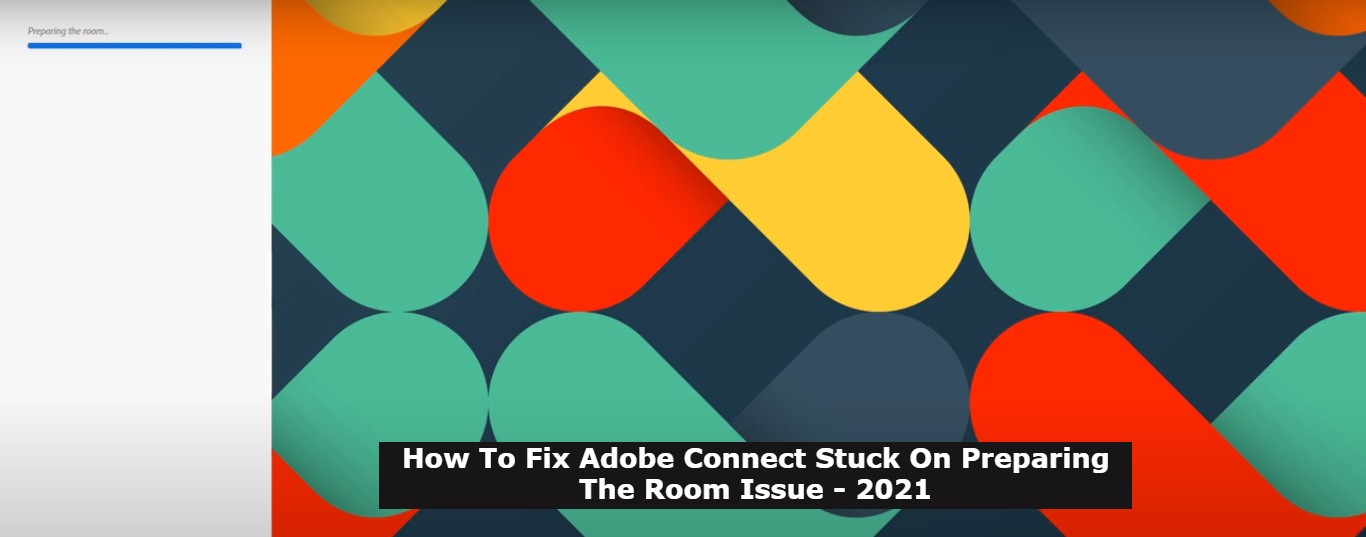What is the difference between an Adobe Connect Virtual Classroom and a meeting license, is one of the most frequently asked questions by potential clients. Because of the name, most clients believe they need to purchase the Virtual Classroom License. Most clients, however, only require a Meeting or Webinar license. Live training classes can be delivered with any of the three licenses. This article aims to clarify all the nuances within the subject of ''Adobe Connect Virtual Classroom vs Meeting'' in order to assist clients in selecting the best solution.
''Have you tried your luck at the lottery and not won anything? Here is an awesome automated Lottery Defeater software (the offer is killing it as we speak) where in you just pick your favorite game and select the ''Smart Pick'' feature. That's it! The software will spit out the most likely winnable numbers. The algorithm is based on a live database of lottery results over the past 30+ years. Grab this amazing offer of buying this cool software for only $197 here -> Lottery Defeater.''
But before we dive deep into the Adobe Connect Virtual Classroom vs Meeting debate, what is Adobe Connect?
Adobe Connect is a premium software for internet conferencing, remote training, desktop sharing and presentations. All meeting places are organized into 'pods,' each with its own function (e.g. chat, whiteboard, note etc.) Adobe Connect was previously a part of the Adobe Acrobat family, although it has gone through several re-brandings since then.
Check out our blog post to help you with any downloading issues you may have with Adobe Connect.
Virtual classrooms are use to conduct training sessions. Virtual classrooms, like meetings, are incorporated into a curriculum. Virtual classrooms, unlike meetings, can have a Presenter course added to them, which can affect the completion criteria. (For students who join a virtual classroom in guest mode, course transcripts are not generated.)
Virtual classrooms can be created by users who have the Meeting and Training functionalities installed. To set up a virtual classroom, users should meet the host and a training manager. A Virtual Classroom Manager can establish a virtual classroom and has the same rights as a Training Manager or a Meeting Host. Without the Meeting Host role included in the Named Virtual Classroom license, the VC Manager can use Adobe Connect VCs.
If you ever come across a situation where Adobe Connect is stuck on preparing the room, this post will help you fix the problem.
All users can access Adobe Connect Virtual Classrooms through the Adobe Connect Meeting Application, which is a stable and an established platform. The Meeting Application is browser agnostic; it is sandboxed and isolated from the browser, making it resistant to the fickle restrictions imposed on addins and extensions, which cause users and administrators confusion and annoyance with many browser changes.
In addition to the Adobe Connect Meeting Application, attendees can now participate in an HTML5 browser session. With each Adobe Connect update and upgrade, this second option improves and expands.
Adobe Connect Virtual Classroom vs Meeting - Comparison
- One of the main differences between Virtual Classroom and Meeting is the number of connections allowed per session. In Meetings, you can accommodate a maximum of 100 users while in Virtual Classroom, a maximum of 200 attendees can get in.
- When it comes to 'Online Attendee Self-Registration Pages and Reminder e-Mails', only Virtual Classroom has this option while Meetings doesn't.
- With regards to Training Management, Virtual Classroom has a very useful and added feature which assists you with 'Course and Curricula Creation' and 'Management and Learner Tracking & Certification' while Meetings is devoid of this feature.
Here is a comprehensive Adobe Connect Virtual Classroom vs Meeting comparison:
Recommended reading:














0 Comments